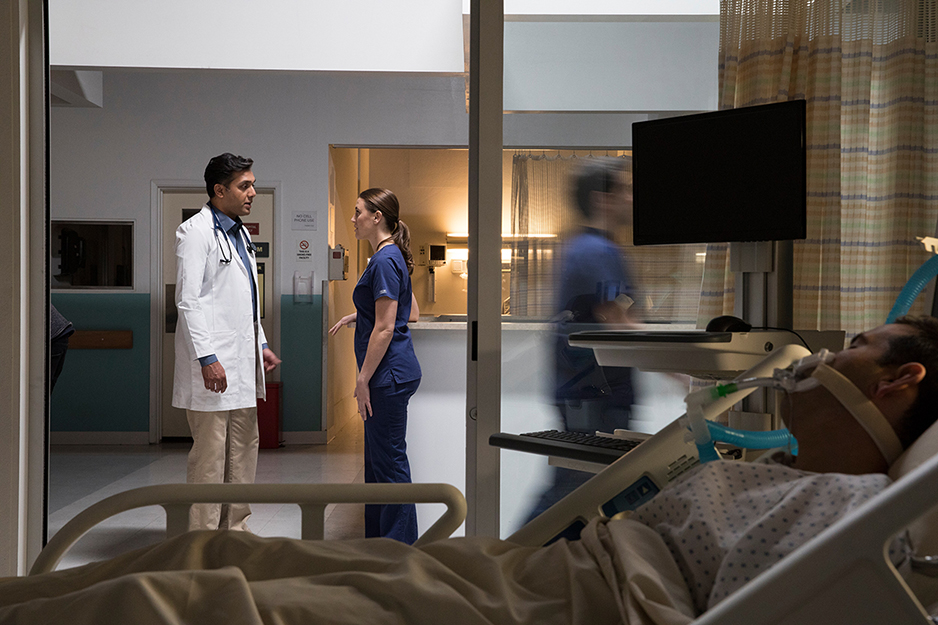
Pressure injuries span across the care continuum. Understanding the best ways to prevent skin damage before it develops into a significant injury is critical to improving patient outcomes and reducing costs.1 Prevention requires the establishment and implementation of a multi-faceted program, with each part contributing to the reduction of pressure injuries. This program should ensure the education of physicians, families, clinicians, and our patients. It takes a village to help prevent pressure injuries. Continual education will help those involved to better understand, identify, and help prevent pressure injuries.
Based on the recommendations of the National Pressure Injury Advisory Panel (NPIAP), there are several components of a comprehensive pressure injury prevention program.1
Risk assessment
Risk assessment is a fundamental component of clinical practice and a necessary first step in the identification of individuals who are susceptible to pressure injuries. Assessment tools help in aiding this identification and can contribute to the development and implementation of an individualized plan. Although many clinicians can instinctually determine which of their patients/residents would be at risk of pressure injury development, risk assessment tools are designed to quantify this risk in a measurable way. They have been studied and found to be more reliable than clinical judgment alone.
Skin and tissue assessment
Elements of a comprehensive skin assessment include color, temperature, texture (firmness or bogginess), moisture and/or maceration, and sensation. If the patient has darkly pigmented skin, be sure to assess the surrounding tissue more closely for temperature changes, edema, and tissue consistency.
Preventative skincare
Healthy skin is resilient skin. There are several basic, but critically important interventions that bedside caregivers can perform to help prevent pressure injuries. First, keep the skin clean – this means cleaning the skin promptly after each incontinent episode. When cleaning, use a pH-balanced soap or cleanser. The use of harsh alkaline cleansers can contribute to skin drying and irritation.
Second, protect the skin from excess moisture and irritants. The presence of moisture and irritants can negatively impact the tolerance of the skin. Skin tolerance is how much time your skin can stand to be under pressure before damage starts to occur. This can change if you are sick, not eating well, have changes in posture or change the surface you sit or lie on, contributing to pressure injury development
Moisture barrier products help protect the skin from the irritating effects of urinary or fecal incontinence as well as other sources of moisture such as wound drainage or diaphoresis.
These barrier products are available in the form of ointments, pastes, or liquid film-forming polymers. When using moisture-absorbing products ensure the use of products that lock moisture away from the skin as these are associated with a lower incidence of pressure injuries. Also, consider that some barrier products (ointments and pastes) may adversely affect the wicking and absorbency of incontinence products. Barrier films generally do not contribute to this issue.
A third component of preventative skincare includes the use of prophylactic dressings. Multi-layer silicone foam dressings have been found to protect individuals at risk of pressure injuries. When selecting a silicone foam dressing, there are several features to consider. These include the ability to manage microclimate, the ability to access and assess the skin, ease of application and correct dressing size for high-risk locations.
Nutrition
Nutrition plays an important role in the prevention and treatment of pressure injuries. Studies have found that patients/residents with malnutrition are at higher risk for pressure injury development. Patients/residents may complain about a lack of appetite and demonstrate no interest in food which may be due to altered cognitive status, the side effects of medication, or underlying medical conditions. Physical and cognitive limitations may lead to patients/residents not being unable to feed themselves and dependent on the assistance of others which can also impact nutritional intake.
Repositioning and mobilization
Extended periods of lying or sitting in one position may result in sustained deformation of soft tissue and ultimately, tissue damage. Typically, when we rest in one position for a long time, we experience discomfort which consciously or unconsciously (like when sleeping) triggers us to reposition ourselves. However, some patients with limited mobility or loss of sensation due to illness, medications, loss of consciousness, or neurologic impairment, may require assistance in repositioning to help redistribute pressure.
Creating an individualized plan of care for repositioning is important. Remember, documentation of repositioning is critical, if it’s not documented, it’s not done! Reducing friction and shear is another important concept when creating a positioning plan. Of course, the patient/resident’s clinical needs and comfort must be considered.
Education
Involving your patients/residents and their families in pressure injury prevention planning is very important. They may not be familiar with the concept of pressure injury. Explain the prevention plan – including interventions such as repositioning, the need for a routine skin assessment, and the importance of alerting the staff with observations such as a change in skin condition or new areas of discomfort. In addition to the prevention plan, it is also important to educate staff and family regarding the risks that pressure injuries pose, which may include, increased length of stay, the risk for infection, the risk for non-healing, etc.
Please remember that a comprehensive and effective prevention program includes everything listed above and should be tailored to fit your patients and your care setting.
For more educational information, please view our pressure injury resources page. It has multiple articles, tools, and a series of 5-minute educational videos to help you and your team prevent pressure injuries.
